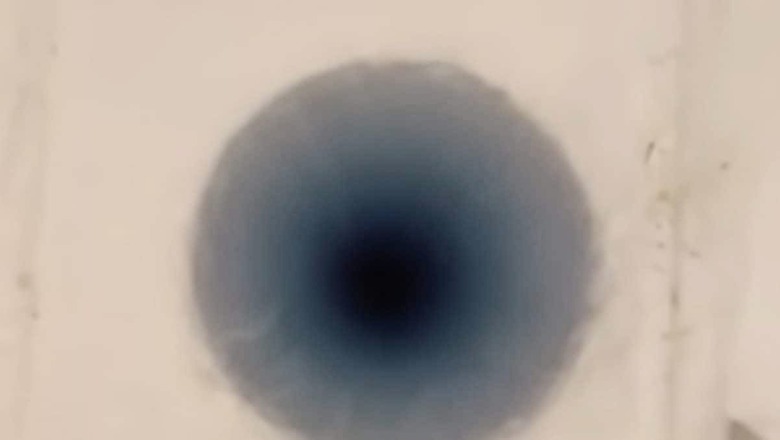
views
Researchers and scientists over the years have been braving across Antarctica amid the hottest, driest, coldest, windiest and most extreme conditions to understand the earth’s climate better. While multiple expeditions have been carried out in Antarctica to find the oldest ice, these have helped a lot in understanding what the climate was like thousands of years ago. As the snow in Antarctica never really melts because of the extreme cold, the ice continues to build up layer upon layer with all the air bubbles trapped inside. Scientists then measure the levels of the greenhouse gases trapped in those bubbles, allowing them to reconstruct how the climate changed in the distant past.
One such expedition was recently carried out by PhD student Austin Carter and this is how he ended up making another incredible discovery in the South Pole.
Researchers discover 2.7 million years old ice
Back in 2022, Carter along with a team of researchers headed to Alan Hills in East Antarctica to conduct a range of studies to improve the understanding of Earth’s climate. During this time, experts drilled into various ice cores which are cylindrically shaped ice samples within the East Antarctic Ice Sheet.
While they obviously had plenty of ground to cover in the southernmost continent, the team used radar and GPS service to identify potential sites for a closer look.
Climate researcher and COLDEX director Edward Brook while speaking about the team’s expectations from the expeditions said that the goal is to extend the ice core record of climate change back as far as possible. While his expectations might be a little higher, the research team did come up with a few surprising discoveries which included some of the earth’s oldest ice after they dropped the camera into a deep hole in the ice.
Carter, who recorded the entire clip, said that the camera travelled down the borehole of the completed ice core and added, “You are now entering the East Antarctic Ice Sheet." Originally shared on TikTok, the video was also shared on YouTube.
As the view beneath Antarctica and through history would take you on a spin, it also showed the different colour and textures of the ice which possibly dates back thousands of years.




















Comments
0 comment